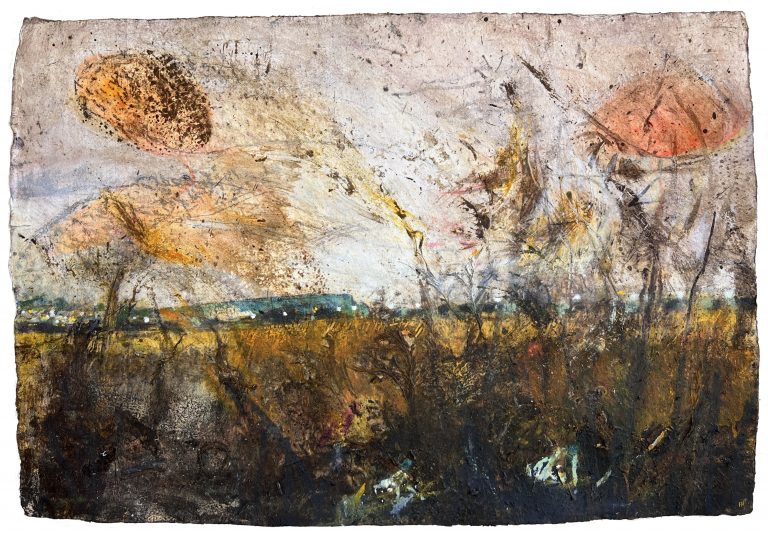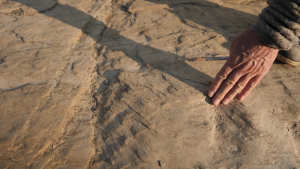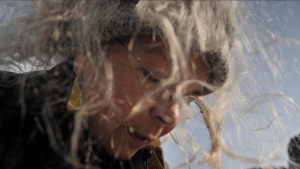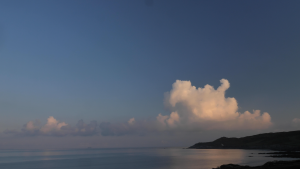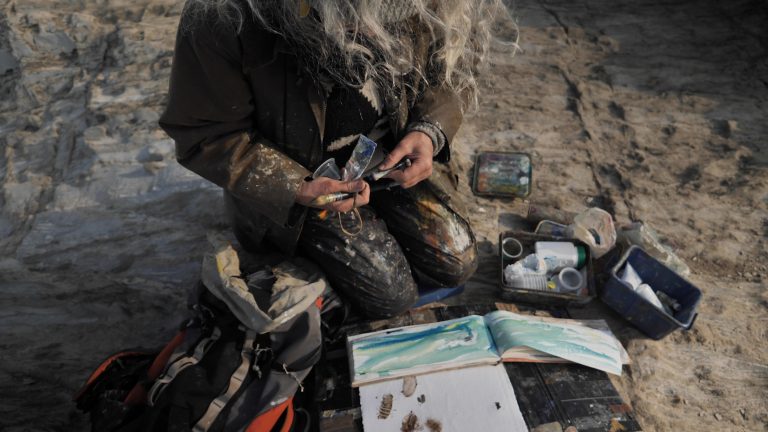
WHERE TO SEE WORK NOW
🌦️
BANKSIDE GALLERY: MINI PICTURE SHOW
28 November 2025 – January 2026
Gallery Hours Open daily, 11am – 6pm
Free Admission & always work on line and available.
- Bankside Gallery, London: Bankside Gallery always has work on line and in stock.
🌦️
KEVIS HOUSE. Lombard Street, Petworth, West Sussex, GU28 0AG
new work: view in the gallery and online
🌦️
view current SEASONAL PORTFOLIO
praise poems – seasonal narratives- containers of experience
